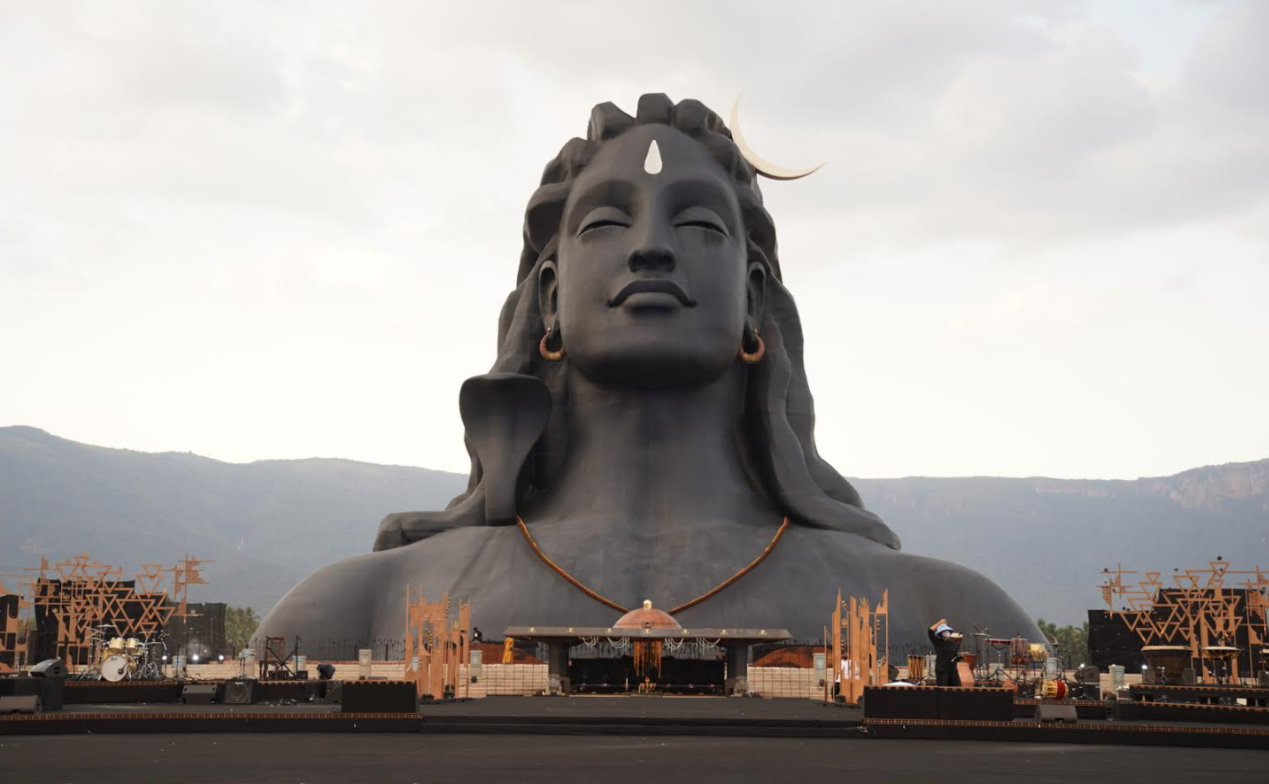Trending Now
- “If Edappadi Palaniswami permits, a thousand young members from the Virudhunagar district AIADMK are prepared to take up arms and engage in battle under my command.” – Former AIADMK Minister Rajendra Balaji
- “India is ready to deal with any counter-attack by Pakistan” – Wing Commander Vyomika Singh
- Central govt orders extension of CBI Director Praveen Sood’s tenure for another year
Coimbatore
Music notes in stone at ancient rock temple
![]() December 5, 2016
December 5, 2016
Trichy: Inside the 7th century rock-cut cave temple in Kudimiyanmalai (old name Tinrunalkkundaram) near Trichy, a Shiva temple controlled by the Archeological Survey of India, one could find celebrated musical inscriptions of yore.
Exclusively written on a rock plank, 12ft by 13 ft, the intricacies of Carnatic music are carved here in seven sections of 38 lines each by an ancient musician believed to be Rudracharya’s student. The inscriptions deal with the intricacies of Carnatic music, and the various permutations and combinations of the basic seven notes. An edampuri Ganesha (trunk folded up on the left) is carved to the right of the inscriptions.
According to historian S Rajamohammed, the inscriptions not only deal with the seven basic notes—sa, ri, ga, ma, pa, tha, ne, sa—but also its four variants —sa, si, se, su —making the permutations and combinations of 28 sound notes. When included with ka, ke, ki, a, i, e, the calligraphy deals with a mind boggling 34 notes in all.
“The rock cut temple might have served as music college of yore,” says Rajamohammed. According to historians, the ancient town of Thirunalakkundram was an important centre of culture and learning.
But the musical inscriptions are yet to be deciphered fully, written as it is in the ornamental grantha script used by the Pallava kings. However, historians are of the opinion that though written in ornamental grantha script, the musical inscriptions cannot be attributed to a Pallava ruler, as the region was not under direct Pallava rule in any time in history.
Historians argue that the cave temple, though belonging to the early 7th century, is essentially a Pandya shrine, going by its design. Another view held by historians is that though the Pallavas did not rule this region directly, the region was under the control of Mutharaiyas, the vassals of the Pallavas.
Inside the main sanctum of the rock temple is an in-situ Shiva, carved out of the original rock of the cave. “The musical inscriptions are naturally well guarded because there are beehives here,” said Rajamohammed. “The intricacies of the musical inscriptions will be revealed to the world when the script is fully deciphered.”























